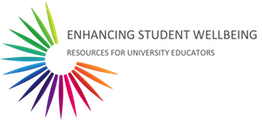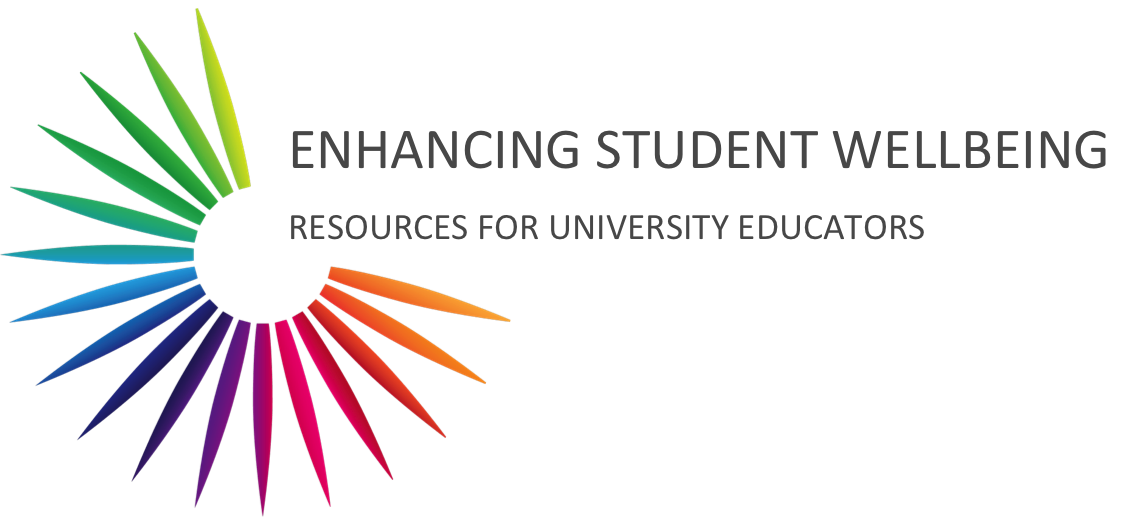While the basic principles of good curriculum design provide a sound foundation for student wellbeing (as well as learning), you can enhance student mental wellbeing through curriculum design by asking:
- How will the curriculum be experienced by my (diverse) students?
- Will the curriculum foster or thwart experiences of M-BRAC (see 1.3 Wellbeing essentials)?
Reviewing your curriculum with these questions in mind will enable you to identify which of the wellbeing essentials needs more support. You can then plan to address the identified area/s. The questions in the purple box will help you with this process.
Now that you have identified some curriculum design elements and choices that could better support student wellbeing, you can plan how to make the relevant changes.
Considerations in designing curriculum to better support student mental wellbeing
- What are the issues and factors affecting your students?
- What resources and institutional support do you have?
- Is there a network of colleagues in your discipline or an institutional community of practice that can support you?
- How can you collect evidence about your students’ experience of the curriculum and overall wellbeing?
Planning a curriculum innovation
The following curriculum review checklist may be of use.
Curriculum review checklist
- How will you document the problems or issues that teachers have observed or experienced and that you would like to address through a curriculum review? (this will also help you assess the effectiveness of your changes)
- How will you reach agreement among those responsible for course/unit delivery on the need for change? (this will also help avoid resistance and undermining behavior)
- How will you, in collaboration with discipline experts and peers, determine where change is needed? For example, by asking:
- How well does the current curriculum align, sequence learning, engage learners, assess for learning (see 2.2: Start here)?
- How well does the current curriculum support students’ mental wellbeing by creating opportunities for students to experience autonomous motivation, belonging, relationships, autonomy and competence (see 1.3: Wellbeing essentials and 2.1: How curriculum design affects student wellbeing)?
- How will you, in collaboration with discipline experts and peers, determine what change is needed in the identified area/s?
- How will you assess the feasibility of the identified strategies in your local context – considering resourcing, timelines, contingencies?
- How will you (and the teaching team) document the changes made?
- How will you assess the extent to which the planned changes are implemented?
- How will the changes be explained to students?
- How will transition problems and issues be identified and managed?
- How will the learning outcomes of the new curriculum be evaluated – what measures are available?
- How will the curriculum’s impact on student wellbeing be assessed?
- How will the curriculum’s demands on staff be assessed?
- How will you know whether the changes achieved your goals?
A note of caution
We would counsel having modest goals for your curriculum redesign. This is no ‘silver bullet’ that will solve the problem of student psychological distress, and some students will experience mental health difficulties while undertaking your course even if your curriculum is optimally designed to support student wellbeing.
That said, your concern for your students’ wellbeing – demonstrated by the attention given to the wellbeing in your curriculum – will be appreciated by those experiencing mental health difficulties. And sometimes even small changes in curriculum – what is taught, and how it is taught and assessed – can make an important difference to the experiences of individual students.

